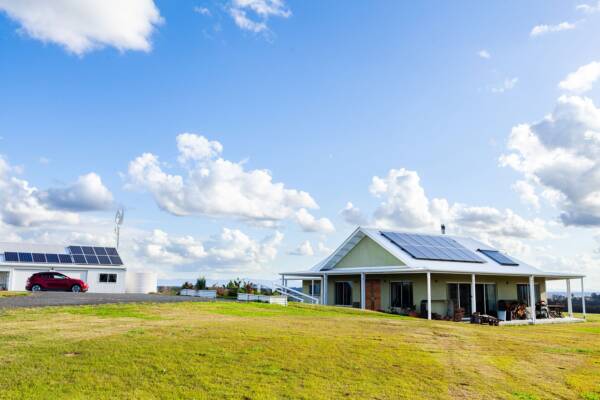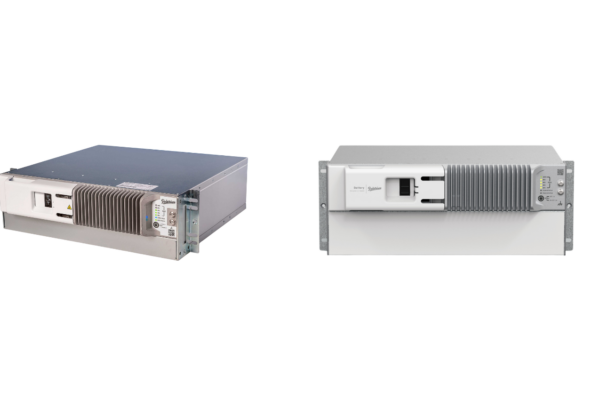Solar chargers come in 2 architectures, PWM (Pulse Width Modulation) and MPPT (Maximum Power Point Tracker) like all product ranges, each have their own advantages and disadvantages. A solar panel will have an optimum operating voltage, maintaining this will bring higher efficiencies.
A PWM has a switch inside used to regulate the voltage, while the battery is in bulk stage of charging, the switch remains open allowing maximum current, once the battery is charged and in Absorb or float, the switch opens and closes to adjust the current to maintain the battery voltage, this happens hundreds of times per second. A PWM is a much more affordable option although limited to 12/24V and smaller solar arrays
An MPPT is significantly more efficient than a PWM, up to 30%. Invented by an Aussie engineer Stuart Watkinson from AERL, MPPT are widely accepted as the preferred option in most applications. As the voltage and current of the solar array varies due to irradiance, the MPPT constantly sweeps the array voltage and lowers the voltage of the solar array to match the voltage of the battery while raising the current by the same ratio ensuring maximum power.
When deciding which charger is the best fit, it is imperative that the VOc (Open circuit voltage) of the array does not exceed the recommended VOC of the controller, many MPPT have a build in switch that will open if the VOc becomes to high, it is not a fail safe and it is more than likely the MPPT will be severely damaged. While ensuring the VOc is within the recommended window, it should be a minimum of 2VDC higher than the battery voltage. The current can be exceeded by up to 30%, refer to manufacturers documentation to confirm. By ‘overclocking’ the current from the array, the charger will start earlier in the day, table top during peak irradiance and produce power till later in the day.
Although some manufacturers approve the overclocking of an MPPT, it is not recommended. Think of it like a car. A car can be driven at 6000RPM and will arrive at the destination very quickly, it can do this for a few years before you potentially damage the engine. In the same instance, the car can be driven at 3000 RPM, the car will still reach the destination, however, as it is not being over worked, it is likely to last a lot longer.



